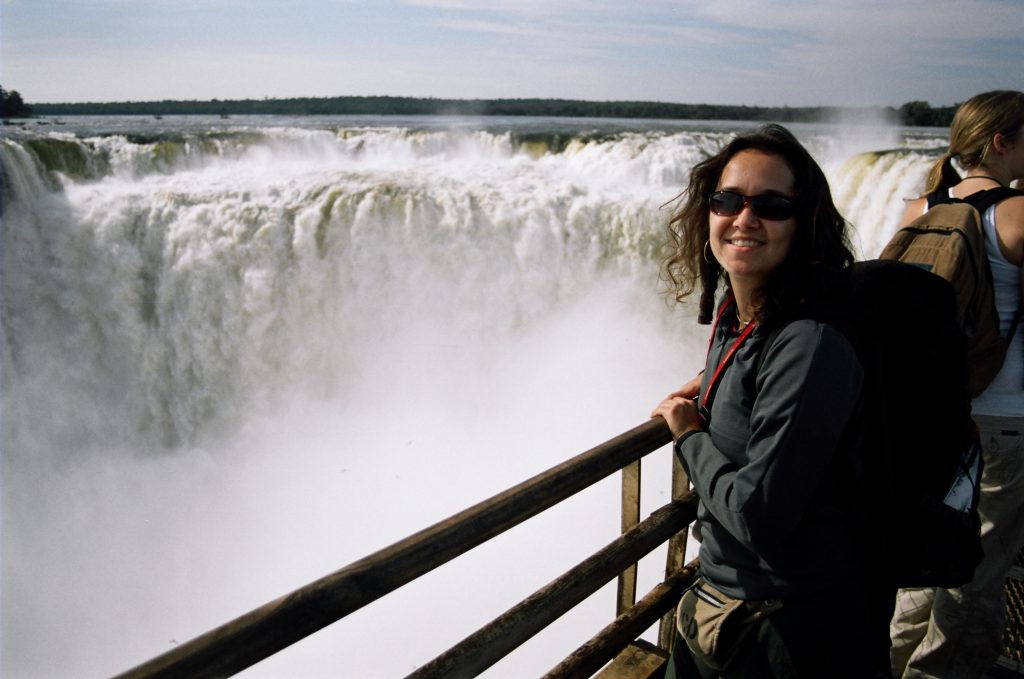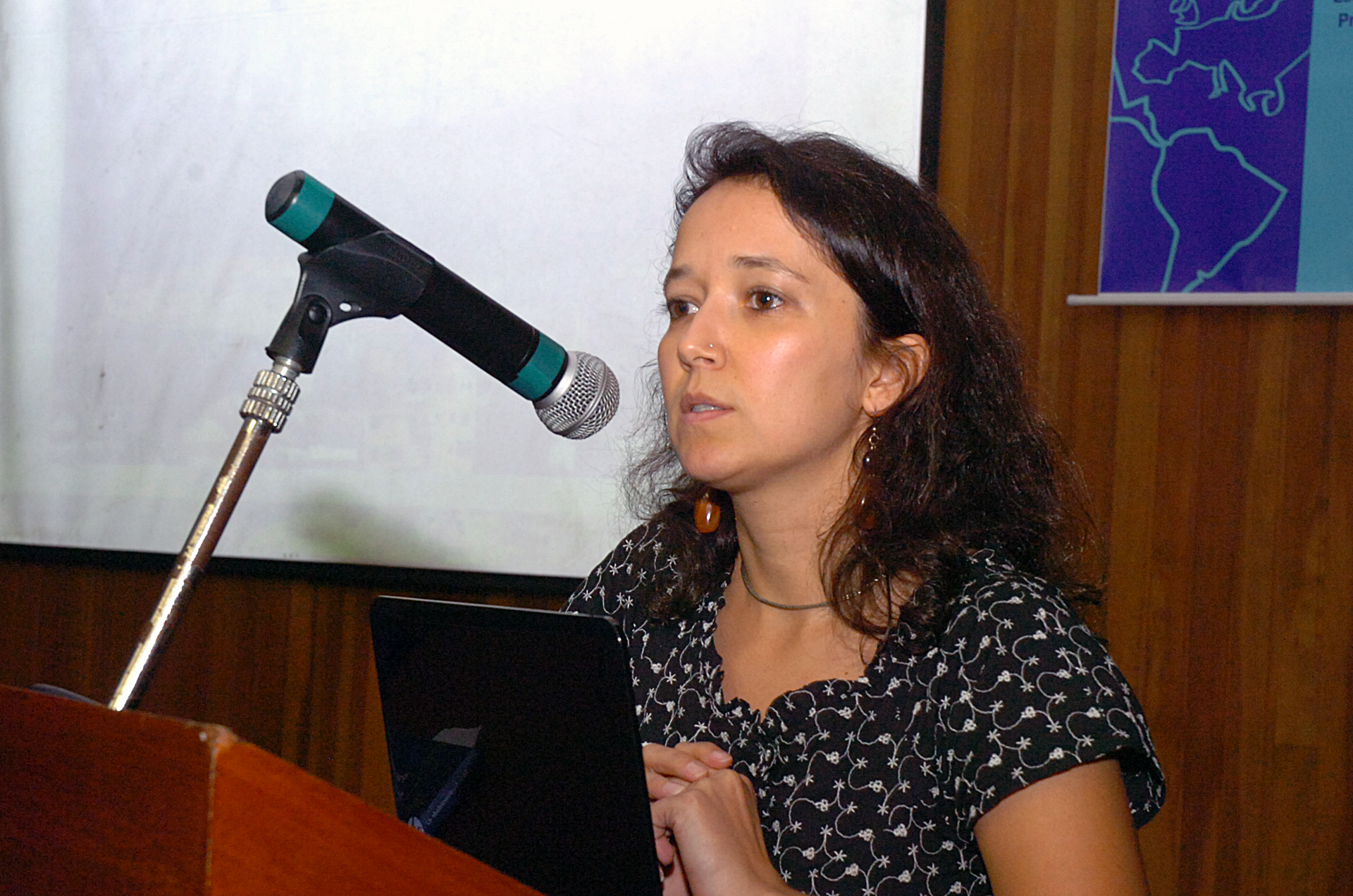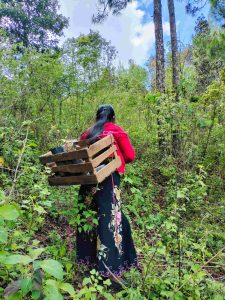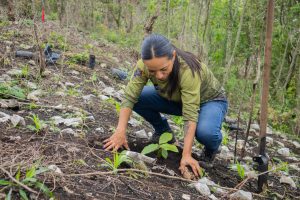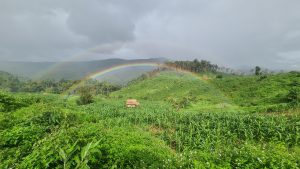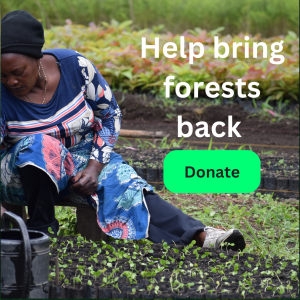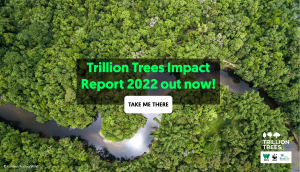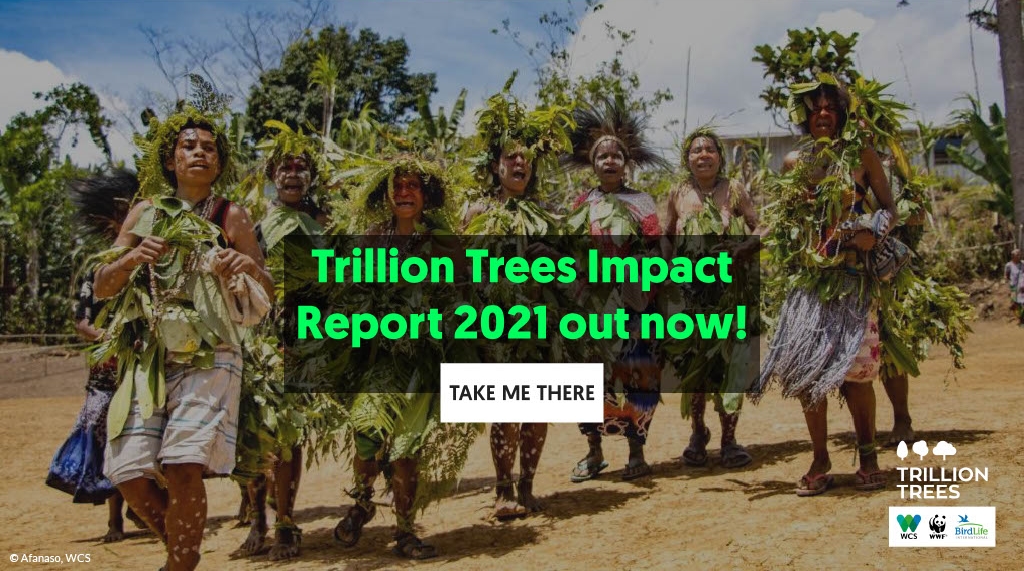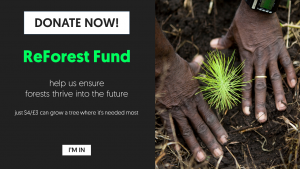I am lucky enough to know first-hand how much strength we can draw from being in nature. For the past four years I have lived in a cabin in the forest in Brazil – it is amazing to be surrounded by birds, to know when an animal has visited in the night, to live amongst a community of people who are allowing the forest to regrow. It is a very special place, and this is where I draw my energy and inspiration for my work.
As a child, I grew up in the city of Sao Paulo - a grey space - but I quickly began to appreciate the importance of nature. Aged 15 I visited a National Park and experienced first-hand the beauty and complexity of natural ecosystems. I met some biologists and began to realise that this could be the right profession for me. I studied Biology at university and went into the Atlantic Forest, into the Cerrado, for field trips and for volunteer work after graduating. I also volunteered in protected areas in Costa Rica, which gave me hands-on experience on the ground.
Whilst studying for my Masters degree in Biology at Sao Paulo State University I gave a lot of thought as to whether I should continue in academics, teach or work in conservation. I saw that conservation was a path I could follow as a biologist, so I joined The Nature Conservancy (TNC) where I worked for 10 years. Through my work there, I better understood how important it is to plan, design and monitor projects. Resources for conservation work are often limited, so it is crucial that we implement adaptive management. I wear a ‘conservation hat’ in every organisation I work with, and I take seriously my role as a conservation coach as part of the Conservation Coaches Network (CCNET).
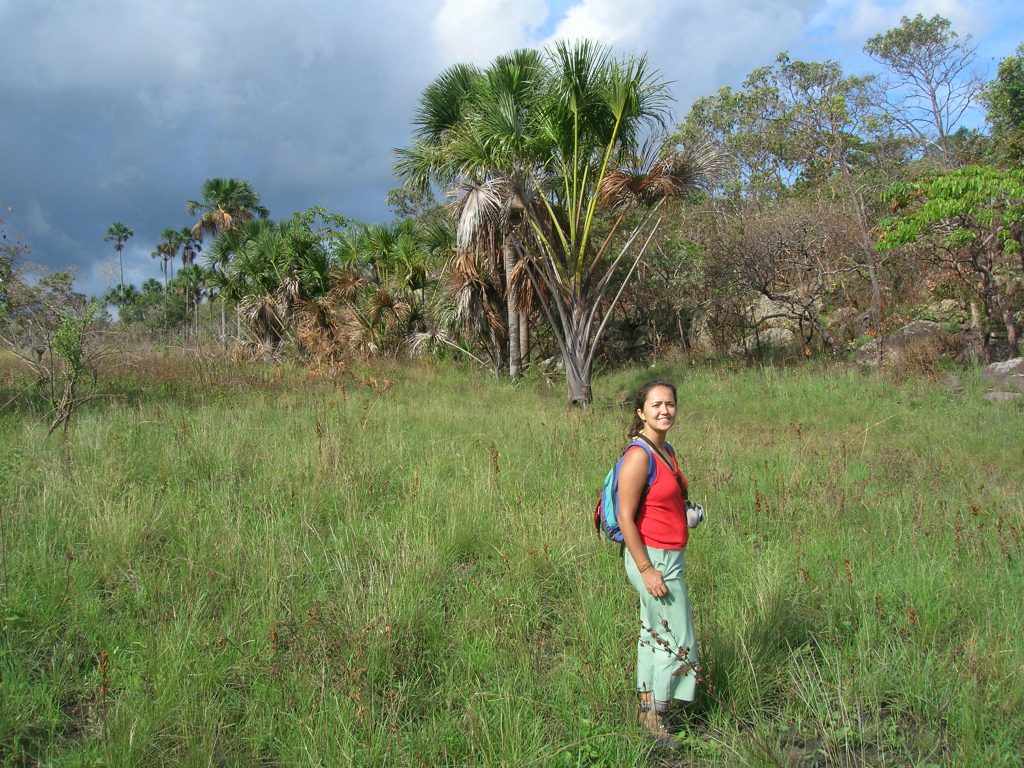
It was through my visits to the Atlantic Forest in Brazil that I understood just how important Forest Landscape Restoration (FLR) is, not in isolation but as a key element of an integrated approach. After working at TNC, I took an 18-month sabbatical to experience more nature first-hand. I took the decision to pursue only volunteer work during that time, working in places like Mozambique, Chile and Bolivia, on monitoring, planning and developing strategies for conservation.
At the University of Kent in the UK I pursued a second Masters degree in Conservation and Rural Development, after which I set up my own conservation consultancy business. For me monitoring and development of conservation standards will always be part of my DNA. I then joined WWF, where I have worked for the past five years as the Global Lead for FLR. During my time at WWF I have been able to grow and build the organisations’ landscape restoration work and shine a light on its importance in our efforts to tackle climate change and biodiversity loss. Trillion Trees is one of the ways this has been made possible. Holding an international leadership position gives me hope that I really can make a difference; it means I am able to build the global community to make sure we are all part of the same plan, exchanging ideas, cross-learning, working together and putting the principles of FLR into practice to ensure tangible benefits for both people and nature.
It's been fantastic to witness first-hand the strength of the global FLR community. I am meeting and collaborating with colleagues all over the world, for example in Africa where we have developed a strong regional network of nine countries, the FLR in Africa Initiative, working around the FLR agenda. We also have a similar initiative in Latin America and are now developing a regional initiative in the Greater Mekong in Southeast Asia. There is also restoration work taking place in Europe, Canada, China, Nepal and Australia.
The job of landscape restoration is too big to achieve alone and building strong partnerships is crucial. That’s why we work closely with partners within the international restoration community. WWF is a global member of the UN Decade Ecosystem Restoration, we have a partnership with Restor, with the 20x20 initiative in Latin America and with AFR100 initiative in Africa. Together, our reach extends to influencing policy, helping to develop the framework that allows the momentum of restoration to grow, and engaging important stakeholders such as faith groups, who play a key role in restoration all over the world.
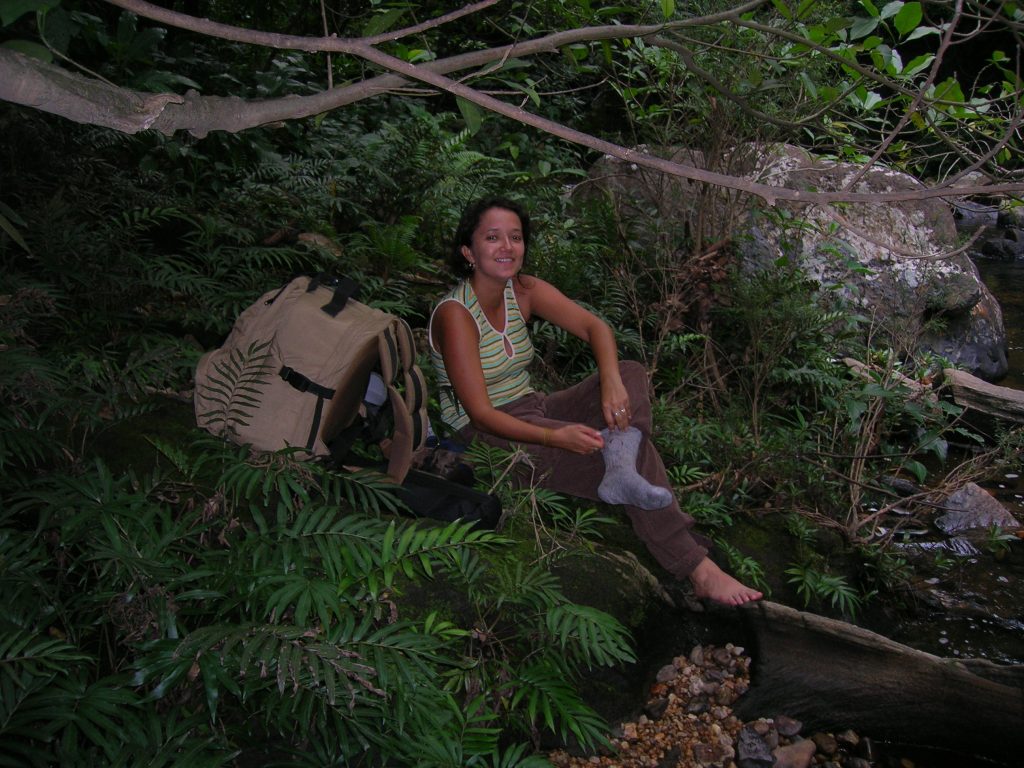
Maintaining this global momentum is crucial if we are to reach our climate and biodiversity goals. We have no time to wait. The biggest challenge we face is the risk that everything is going in the wrong direction, away from ‘nature-positive’. A big part of my job, and a task for all of us who work in conservation or for the environment, is to convince others that looking after our planet will result in a better world for all of us. We need to see a shift in land use, in key markets and in business.
Another key part of my work is to bridge the gap between conservation and restoration and ensure that these two initiatives work hand-in-hand. Recently I helped develop the UN Decade Standards for Ecosystem Restoration and we have ensured these are consistent with conservation standards. I’m also working with the Global Biodiversity Framework, looking at how Targets 1, 2 and 3 can be integrated. We must restore landscapes to improve the resilience of protected areas and to reconnect habitats; so much of the restoration job is about engaging people to shift land use and to embed strong, resilient, ecosystem services that provide wellbeing for people. Some wonderful examples include two of the UN Decade World Restoration Flagships landscapes – the Trinational Atlantic Forest Pact and the Terai Arc landscape in Nepal. In both of these landscapes work takes place with local communities leading the way and in close collaboration with local stakeholders. Work to restore is combined closely with conservation work; ensuring it makes an impact for biodiversity. For example, the encouraging growth in jaguar numbers in Brazil, and in tiger numbers in Nepal.
For me, it is crucial to build understanding of the vital connection between climate and biodiversity; I am working constantly to build links between the CBD COP16 coming up in Colombia in October and the climate COP30 taking place in Belem in Brazil in 2025. These global events will help raise awareness that nature provides solutions to our problems – that our lives on this planet cannot continue without restoring nature and protecting it. As a biologist, I understand this, but we must find ways to talk about it that resonate with others, that connect everyday lives with the value of nature.
There is no time to sit and wait. This planet is our only home and it is up to all of us to all make a difference. My sincere hope is that the next generation will carry forward the baton of restoration and be part of building and strengthening the global movement; that one day my job in restoration will no longer be required and instead we will need only to conserve what we have. Until then I will continue to bang the drums.
Anita Diederichsen is a biologist leading the global work on the Forest Landscape Restoration (FLR) agenda for WWF, one of the three Trillion Trees Partner organisations. She is the Chair of the Global Partnership on FLR and is a Nature Conservation Coach and Latin America Regional Network Co-leader at the Conservation Coach Network (CCNET).
